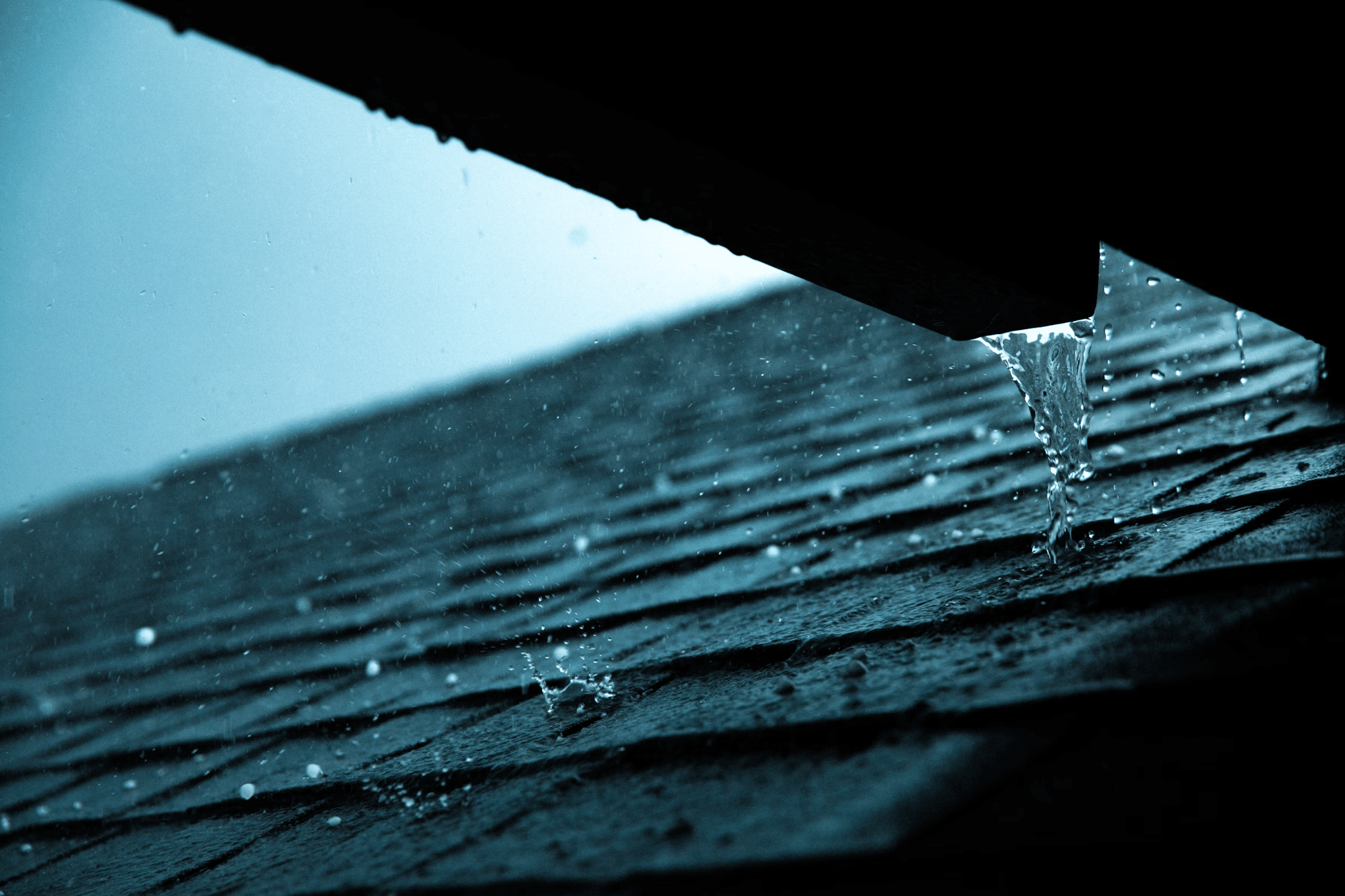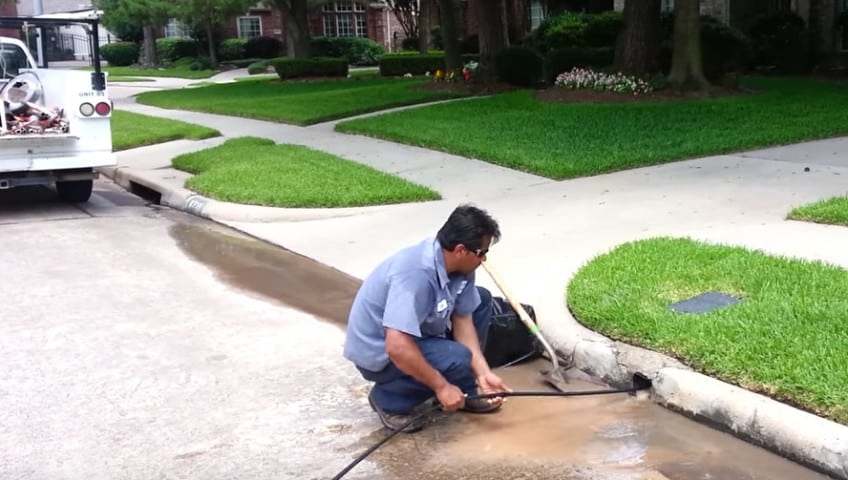Repairing Hailstorm Damage: What You Should Know
Hailstorms can strike with little warning, leaving a trail of destruction in their path. For homeowners and property managers, understanding the steps to take following such an event is crucial to mitigate damage and ensure timely recovery.
Immediate Steps for Repairing Hailstorm Damage
 After a hailstorm, the immediate focus should be minimizing further damage and beginning the repair process. Quick, organized action can significantly affect the recovery timeline and overall impact of the storm.
After a hailstorm, the immediate focus should be minimizing further damage and beginning the repair process. Quick, organized action can significantly affect the recovery timeline and overall impact of the storm.
Ensure Safety
When the hailstorm has passed, inspect the property for immediate dangers, such as unstable structures, electrical hazards, or broken glass. Avoid the damaged areas until professionals can assess the structural integrity, especially if the roof or supporting elements are compromised. What you can do is establish a safe perimeter that prevents accidents and allows for a secure assessment of the damage.
Also, secure the property to prevent unauthorized entry or further weather-related damage. This may involve boarding up broken windows or doors and covering exposed areas with tarps. These measures protect against potential theft or vandalism and shield the interior from the elements, buying time for more permanent repairs.
Document Damage
Documenting the damage thoroughly is a critical step following a hailstorm. Detailed records and photographs of the property’s impact will be invaluable for insurance claims and repair planning. If possible, capture images of the hailstones, as their size can indicate the storm’s severity and potential for damage.
This documentation process should be comprehensive, covering all affected areas and items. From roof shingles to siding and cars, no detail is too minor. These records provide a clear basis for insurance adjustors to evaluate the extent of the damage and determine the appropriate compensation.
Carry Out Temporary Fixes
 Temporary fixes are essential to prevent further damage before making permanent repairs. Covering broken windows, patching holes in the roof, and securing loose materials can help protect the property from additional harm caused by weather or debris.
Temporary fixes are essential to prevent further damage before making permanent repairs. Covering broken windows, patching holes in the roof, and securing loose materials can help protect the property from additional harm caused by weather or debris.
While these solutions are not long-term, they shield the property from the elements and maintain its structural integrity until professional repairs are undertaken. The aim is to create a watertight and secure environment, reducing the risk of compounded issues like water damage or pest infiltration.
Call a Roofing Contractor
Contact a local roofing company to assess and repair hailstorm damage. An experienced contractor can provide a detailed inspection, identify all areas of concern, and recommend the necessary repairs or replacements.
Ensure the contractor you choose has a proven track record with hail damage repair and is licensed and insured. Their expertise guarantees a thorough repair process and helps advocate for your needs with insurance companies.
File Insurance Claim
 Filing an insurance claim promptly after documenting the damage is crucial. Contact your insurance provider, submit the evidence of the damage, and start the claim process. An adjuster will likely visit to inspect the property and assess the cost of repairs. If you live in the Los Angeles area, a public adjuster Los Angeles CA can help guide you through the process to ensure the best outcome for your claim.
Filing an insurance claim promptly after documenting the damage is crucial. Contact your insurance provider, submit the evidence of the damage, and start the claim process. An adjuster will likely visit to inspect the property and assess the cost of repairs. If you live in the Los Angeles area, a public adjuster Los Angeles CA can help guide you through the process to ensure the best outcome for your claim.
Understanding your insurance policy’s coverage, deductibles, and claim procedures is essential in this process. Effective communication and detailed documentation are key to ensuring a smooth and fair settlement of your claim. Remember that your goal is to restore your home to its pre-damage state.
Plan for Prevention
Planning for future prevention involves assessing the property’s vulnerability to hail and implementing measures to reduce risk. Consider upgrading roofing materials to hail-resistant versions, trimming trees near the structure, and regularly inspecting the roof and siding. These overlooked maintenance tasks could weaken their resistance to storms.
Investing in preventative strategies can significantly decrease the likelihood and extent of future hail damage. Regular maintenance and proactive measures can safeguard your property, reducing the potential for extensive repairs after subsequent storms.
Storm Damage 101
Managing hailstorm damage effectively involves a series of strategic steps. Here’s a summary of the key points:
- Secure the area to prevent further damage or injuries.
- Create a comprehensive record of all damage for insurance and repair purposes.
- Implement short-term solutions to protect the property from further damage.
- Engage with a professional to assess and repair the damage accurately.
- Promptly submit a claim with detailed documentation to your insurance provider.
- Invest in measures to minimize future hailstorm damage.
Tackling hailstorm damage with a methodical and informed approach can significantly mitigate its effects, aiding in a faster and more efficient recovery process.







